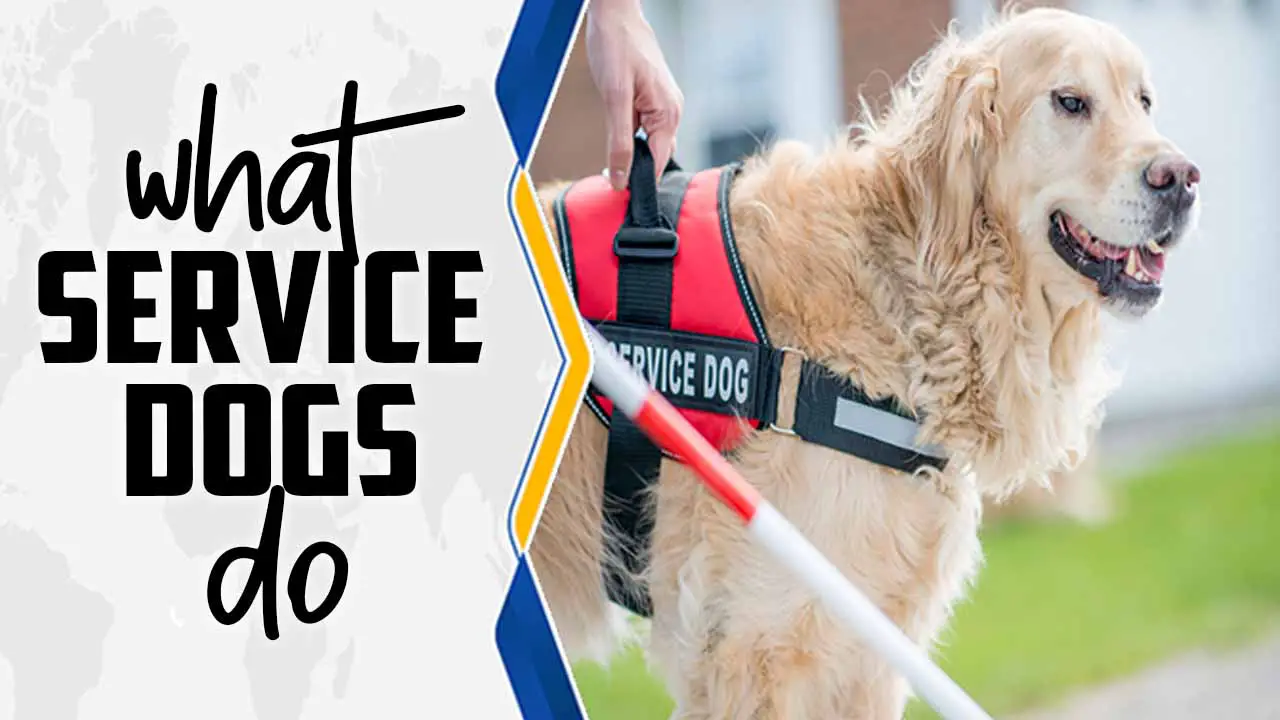Service dogs are crucial in assisting individuals with disabilities and medical conditions. Trainers specifically train these highly trained dogs to perform tasks that mitigate the limitations of their handlers.
They can provide support and assistance in various ways, depending on the needs of their handlers. Service dogs can alert their handlers to sounds, such as doorbells or fire alarms, provide stability and balance for individuals with mobility issues, retrieve items, and even help with tasks such as opening doors or turning on lights.
We will explore what service dogs do and provide key insights into the different types of service dogs that exist. Whether guide dogs for the visually impaired or psychiatric service dogs for mental health conditions. Each service dog has unique skills and responsibilities. Get ready to gain a deeper understanding of the invaluable services provided by these furry heroes.
Exploring What Service Dogs Do: Key Information And Insights
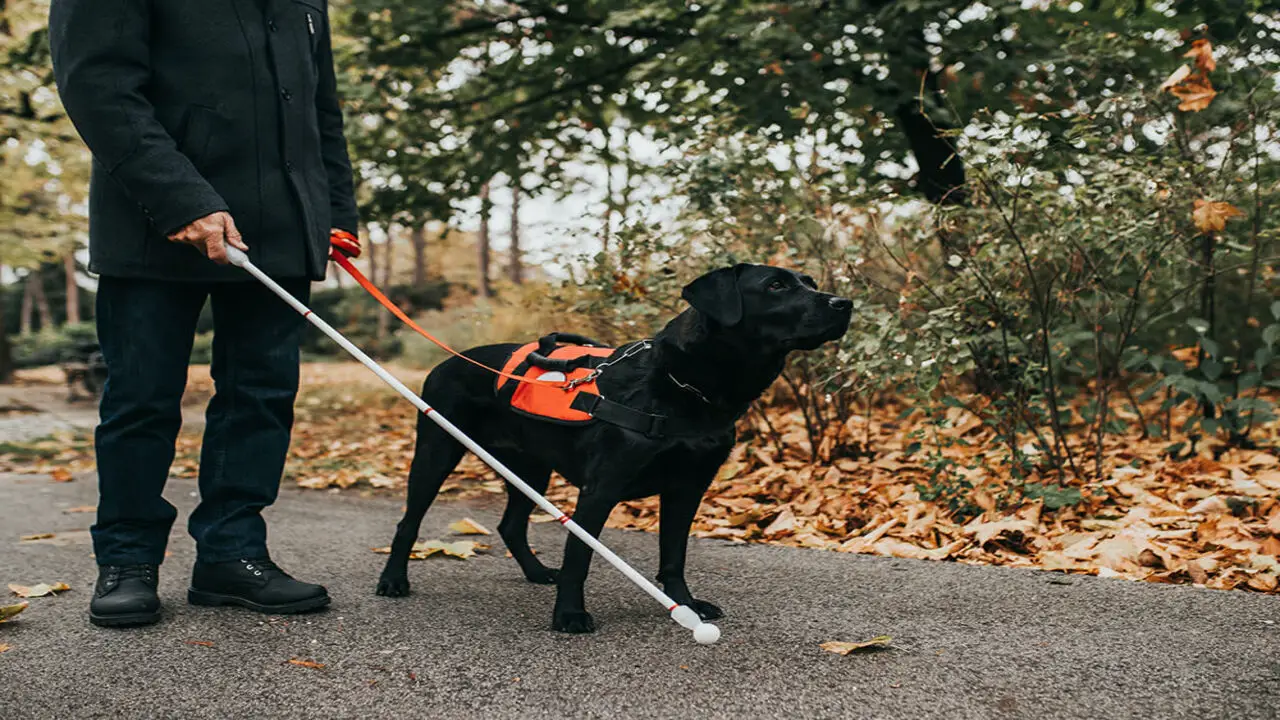
Here we explore what service dogs do. Service dogs play a vital role in the lives of individuals with disabilities, providing them with the support and assistance they need to navigate day-to-day life. These specially trained dogs can perform various tasks to help their handlers.
For example, they can retrieve items, open doors, and provide emotional support. Trainers meticulously and extensively train service dogs to ensure they are well-behaved and responsive to their handler’s needs. It is crucial that we respect service dogs and their handlers by refraining from distracting or interfering with their important work. By doing so, we can help enhance the independence and quality of life of people with disabilities.
Recognizing The Different Types Of Service Dogs
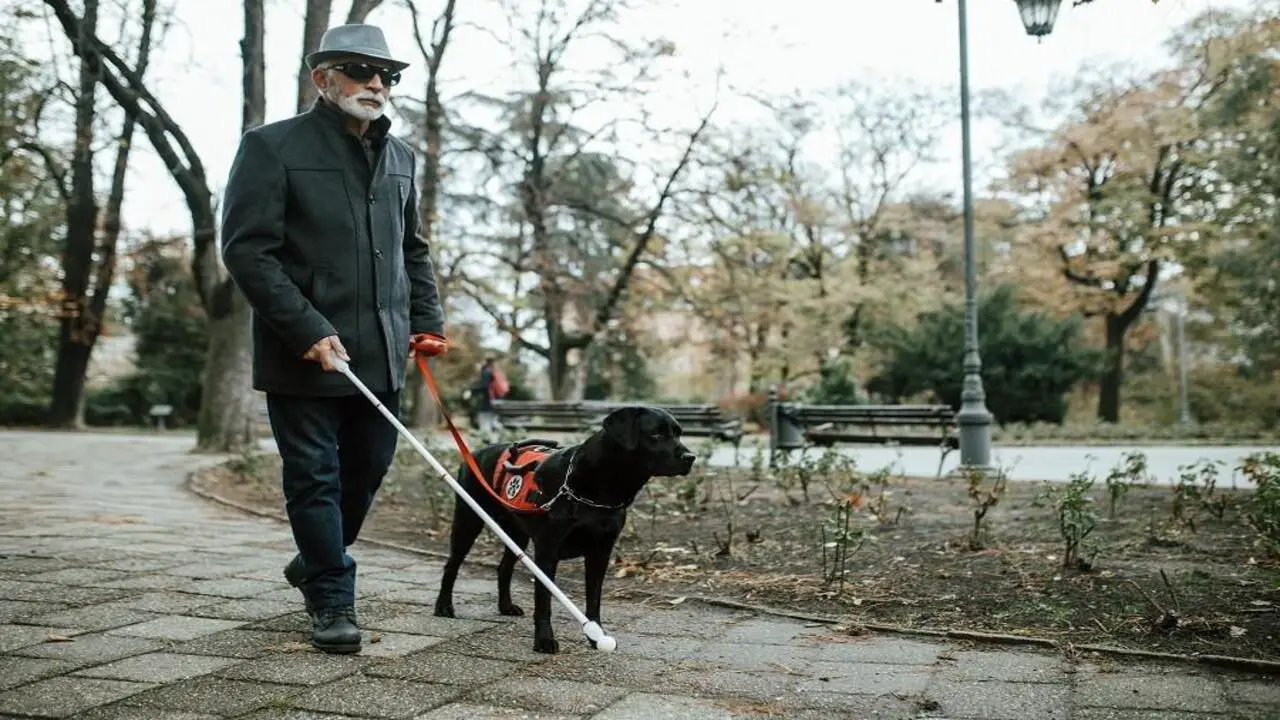
Service dogs come in various types, each trained to assist individuals with specific disabilities. Trainers train guide dogs to navigate visually impaired or blind handlers through their surroundings safely. Hearing dogs provide alerts for individuals who are deaf or hard of hearing, ensuring they don’t miss important sounds like doorbells or alarms.
Mobility assistance dogs lend a helping paw to individuals with physical disabilities, assisting with tasks like opening doors or retrieving items. Medical alert dogs detect changes in their handler’s body odor or behavior, alerting them to oncoming medical conditions such as seizures or diabetes.
Psychiatric service dogs offer emotional support and aid those with mental health conditions. Lastly, autism assistance dogs provide companionship and help regulate sensory input for individuals on the autism spectrum.
Guide Dogs For The Visually Impaired
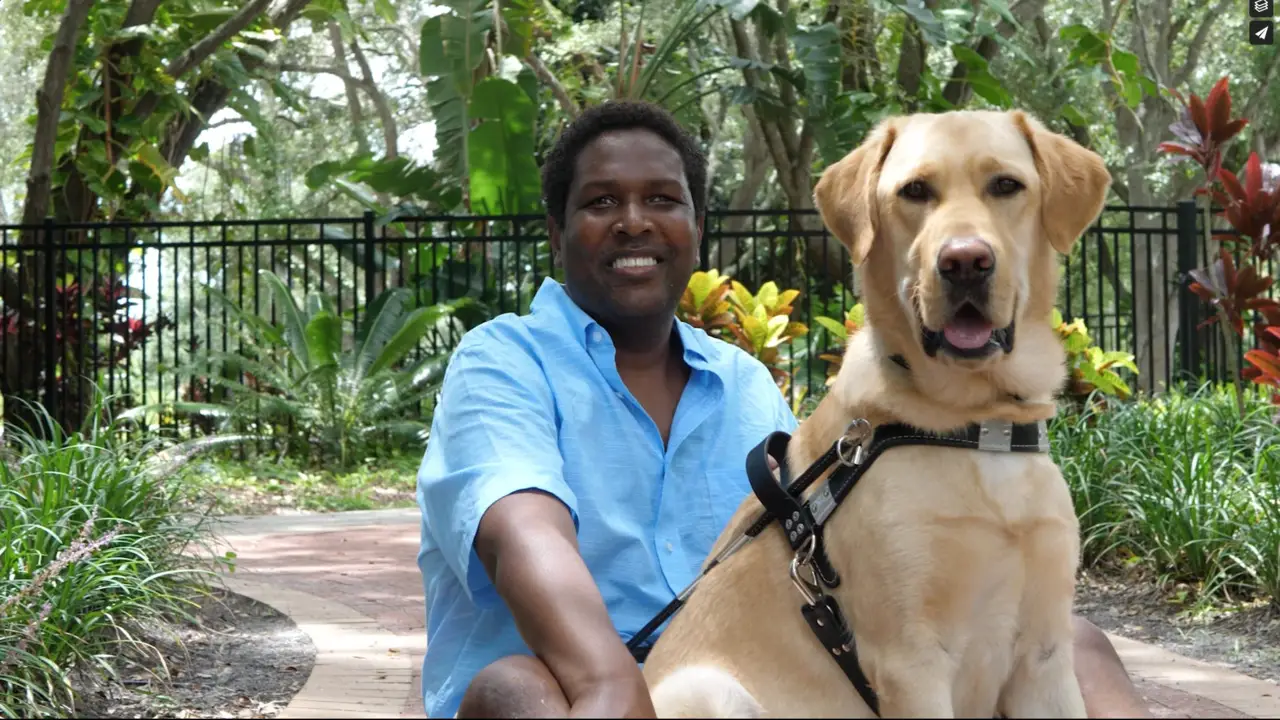
Trainers specifically train guide dogs to assist individuals who are blind or have visual impairments. These remarkable dogs help their handlers navigate various obstacles, cross streets safely and locate specific destinations. Through extensive training, guide dogs learn essential commands and develop a strong bond with their handler.
They possess exceptional skills in following directional cues and providing guidance in different environments. Guide dogs play a vital role in promoting independence and mobility for visually impaired individuals, enabling them to navigate the world with confidence and ease.
Hearing Dogs For The Deaf And Hard Of Hearing
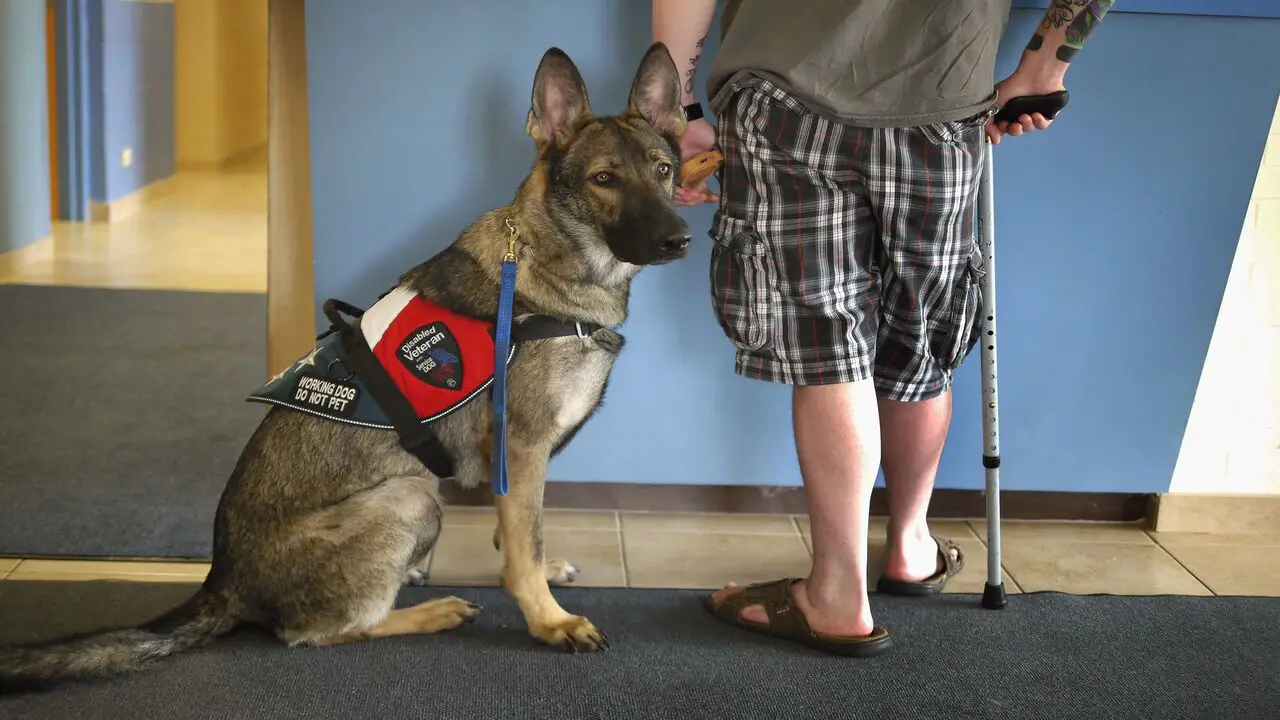
Hearing dogs play a crucial role in assisting individuals who are deaf or hard of hearing. These specially trained canines can alert their handlers to important sounds in their environment, such as doorbells, smoke alarms, or someone calling their name.
People often choose Labrador Retrievers, Golden Retrievers, and Cocker Spaniels for this role because of their intelligence and trainability. These dogs undergo specialized training to recognize and respond to specific sounds, ensuring they can provide practical assistance when needed. Hearing dogs also offer emotional support and companionship to their handlers, enhancing their overall well-being.
Mobility Assistance Dogs For Those With Physical Disabilities
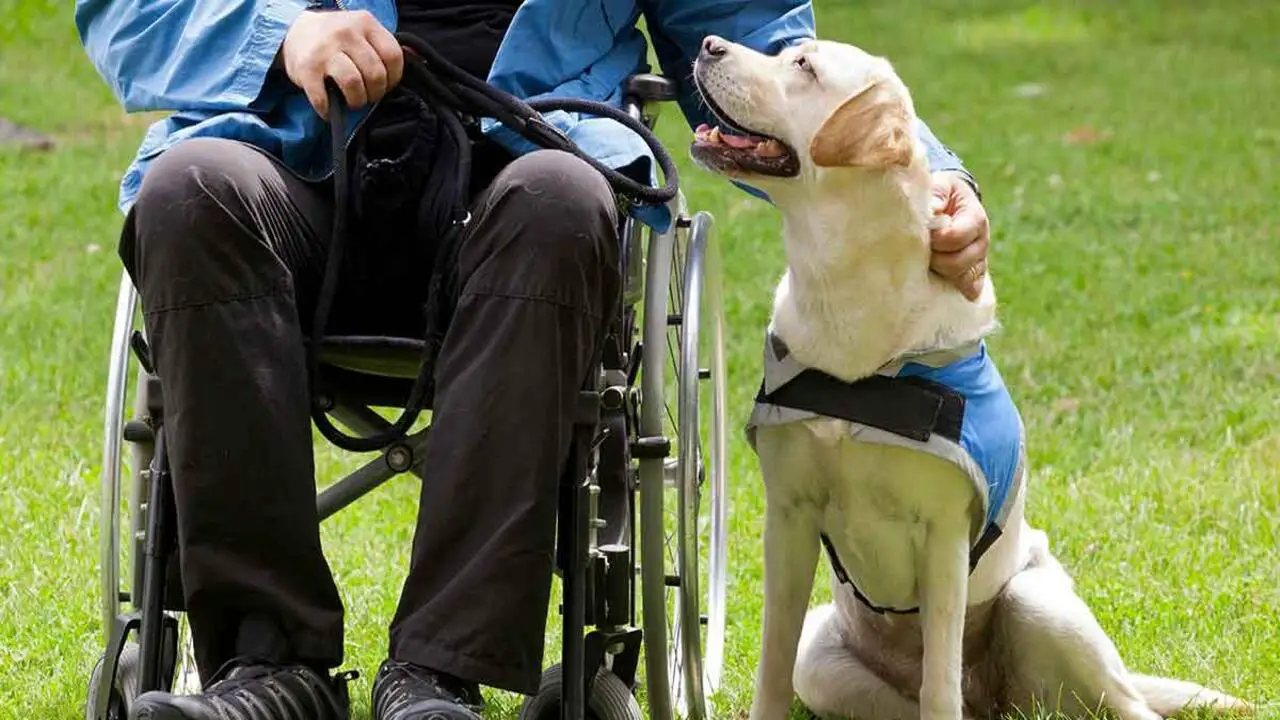
Trainers specially train mobility assistance dogs to assist individuals with physical disabilities in their day-to-day life. These dogs can perform various tasks, such as retrieving items, opening doors, and providing stability while walking. Due to their size and strength, they are typically larger breeds, like Golden Retrievers or Labrador Retrievers.
The training for mobility assistance dogs includes obedience training, task-specific training, and public access training to ensure they can navigate various environments safely. These dogs often wear a specialized harness or vest to indicate their role as service dogs and support their handler. Mobility assistance dogs are crucial in improving individuals’ independence and quality of life with physical disabilities.
Diabetic Alert Dogs For Individuals With Diabetes
Diabetic alert dogs provide security and independence for individuals with diabetes by helping them manage their condition more effectively. These dogs are trained to detect changes in blood sugar levels and alert their handlers when their blood sugar is too high or too low, even before the person may be aware of it.
They respond with specific behaviors, such as pawing at their handler or fetching their glucose testing kit. It’s important to note that while diabetic alert dogs are a helpful tool, they are not a substitute for regular blood sugar monitoring and medical treatment.
Seizure Alert And Response Dogs For People With Epilepsy
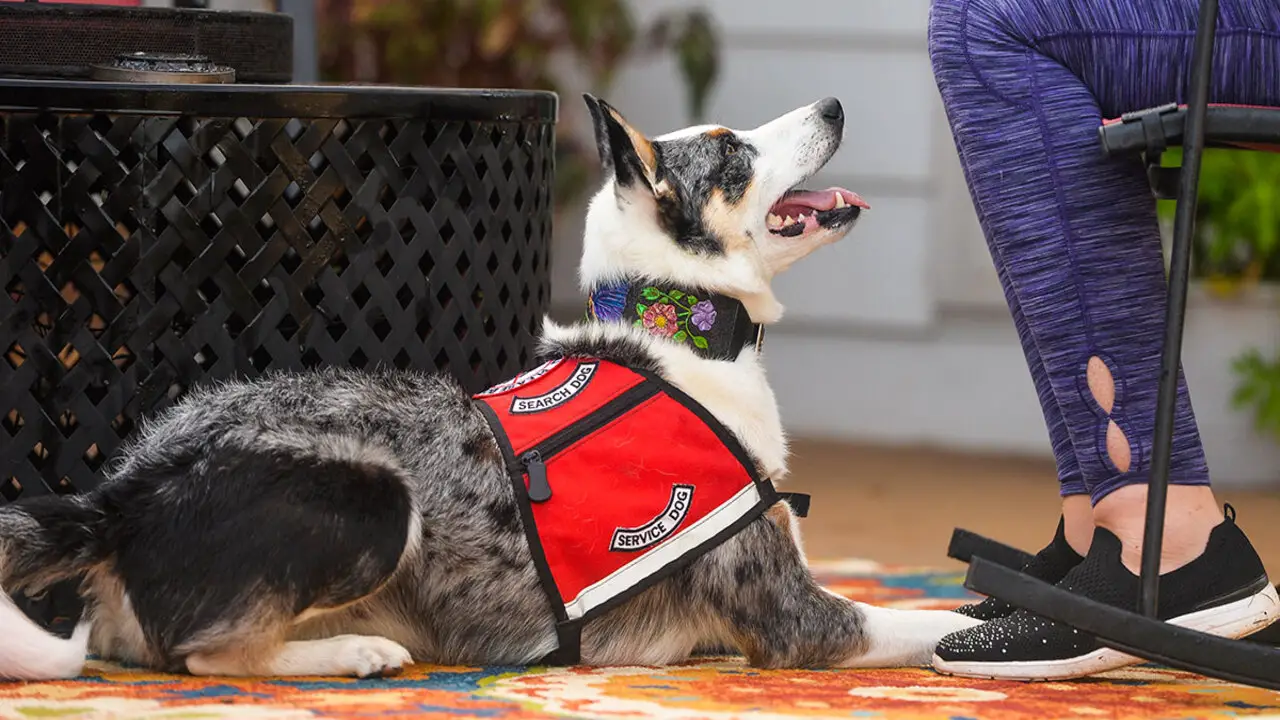
Highly trained seizure alert and response dogs can recognize the signs of an impending seizure in their handler. Remarkable service dogs can provide a range of responses, such as alerting others by barking, retrieving medication or a phone, or offering comfort during and after a seizure. Through extensive training, they develop the ability to sense changes in their handler’s body odor, behavior, or other indicators that indicate a seizure is imminent.
By doing so, seizure alert and response dogs play a vital role in improving the safety and independence of individuals with epilepsy. It’s important to note that the suitability of a seizure alert and response dog varies from person to person, as each individual’s condition and needs are unique.
Psychiatric Service Dogs For Mental Health Conditions
Psychiatric service dogs are vital in assisting individuals with mental health conditions such as anxiety, depression, PTSD, and bipolar disorder. These dogs undergo extensive training to respond appropriately to their handler’s needs and remain calm in various environments.
Someone trains them to provide deep-pressure therapy. Interrupt harmful behaviors or repetitive actions, and alert their handler to signs of anxiety or panic attacks. Additionally, psychiatric service dogs can help individuals navigate crowds and provide security in public spaces. It is important to differentiate psychiatric service dogs from emotional support animals.
Autism Support Dogs For Individuals On The Autism Spectrum
Trainers specially train autism support dogs to assist and support individuals on the autism spectrum. These dogs offer a unique combination of comfort, companionship, and specific task-based help. With their specialized training, they can respond to the specific needs and behaviors of individuals with autism.
Autism support dogs play a vital role in addressing sensory issues, facilitating social interactions, and ensuring safety for individuals with autism. They significantly improve the overall quality of life for individuals with autism and their families.
Allergy Detection Dogs For Those With Severe Allergies
Allergy detection dogs are highly trained to recognize and alert their handlers to the presence of allergens that could cause severe allergic reactions. These dogs play a crucial role in the lives of individuals with allergies to substances like peanuts, tree nuts, shellfish, or medications.
Through specialized training, they develop the ability to identify allergens using behaviors such as pawing, barking, or sitting. By doing so, they provide a sense of security and help prevent accidental exposure to allergens. Proper training and certification are essential to ensure the reliability and accuracy of allergy-detection dogs in detecting allergens.
How Are Service Dogs Trained?
Service dogs undergo rigorous training to perform specific tasks that assist individuals with disabilities. The training process typically begins when the dogs are puppies and involves teaching them basic obedience commands, socialization skills, and specialized tasks based on the needs of their future handlers.
These tasks can include guiding individuals with visual impairments, alerting individuals with hearing impairments to important sounds, providing stability and balance for individuals with mobility issues, or retrieving items for individuals with limited mobility.
Training methods may vary but often involve positive reinforcement techniques to ensure the dogs are well-behaved and reliable in their tasks. Once trained, service dogs play a crucial role in enhancing their handlers’ independence and quality of life.
The Training Process For Different Types Of Service Dogs
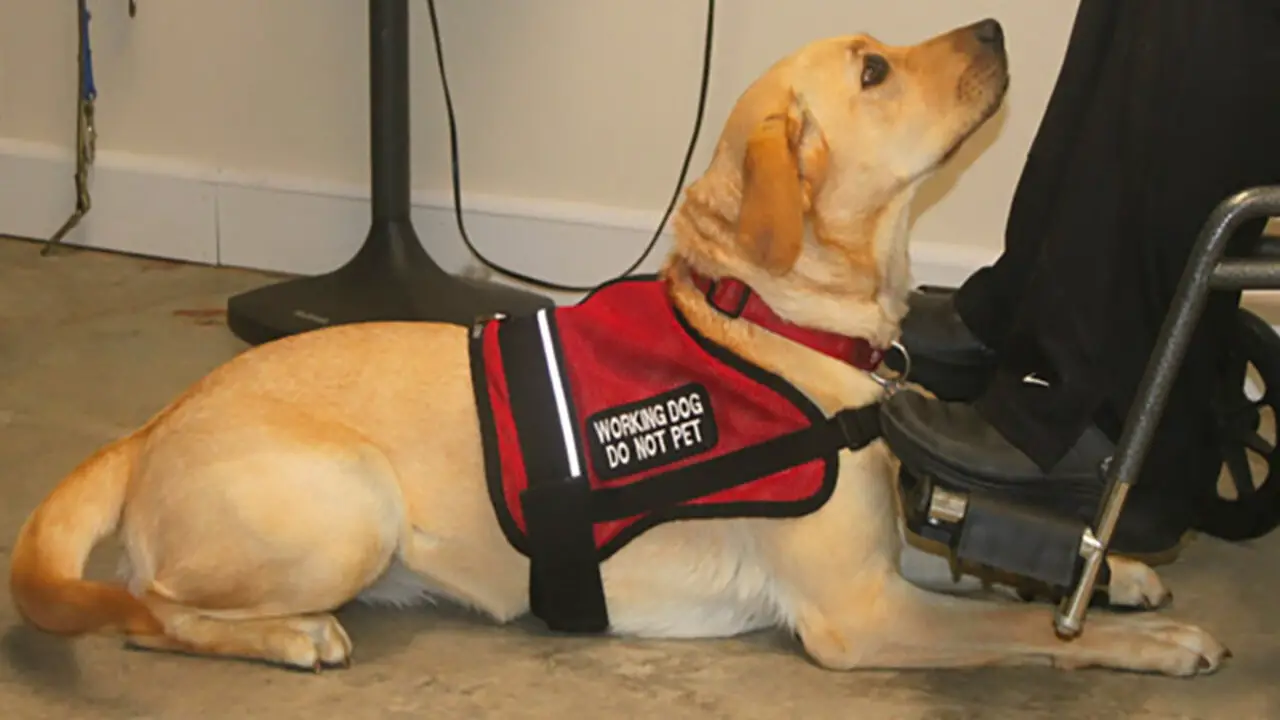
Service dogs undergo rigorous training to assist individuals with disabilities. The training process differs depending on the type of service dog, whether it’s a guide dog for the visually impaired or a mobility assistance dog for those with physical limitations. These dogs undergo obedience, socialization, and specialized task training.
Trainers utilize positive reinforcement techniques to teach them skills like opening doors, retrieving items, or alerting them to medical conditions. The training can take months to years, and continuous practice is essential to maintain their capabilities. By receiving proper training, these service dogs become invaluable companions, enhancing the lives of their handlers.
Conclusion
Service dogs are crucial in assisting individuals with various disabilities and conditions, providing them with independence, support, and companionship. Understanding the different types of service dogs and their specific functions is essential in appreciating their tremendous impact on people’s lives. Service dogs play a vital role in the lives of individuals with disabilities.
They provide assistance, support, and companionship to those who most need it. Whether it’s guiding individuals with visual impairments, alerting people with hearing loss to sounds, or providing emotional support to individuals with mental health conditions, service dogs are trained to meet specific needs and make a significant difference in the lives of their handlers. Their intelligence, loyalty, and dedication make them invaluable companions, helping their handlers lead more independent and fulfilling lives. We hope you now understand What Service Dogs Do.
Frequently Asked Questions
[rank_math_rich_snippet id=”s-c48002fb-c404-4831-97df-c38dbd6002e5″]
